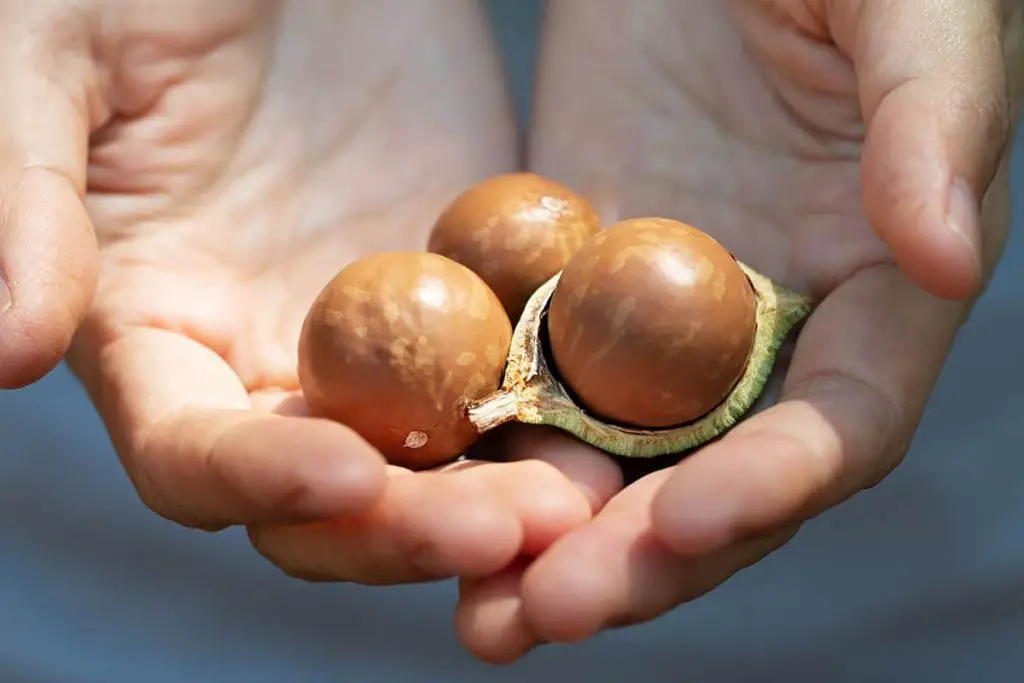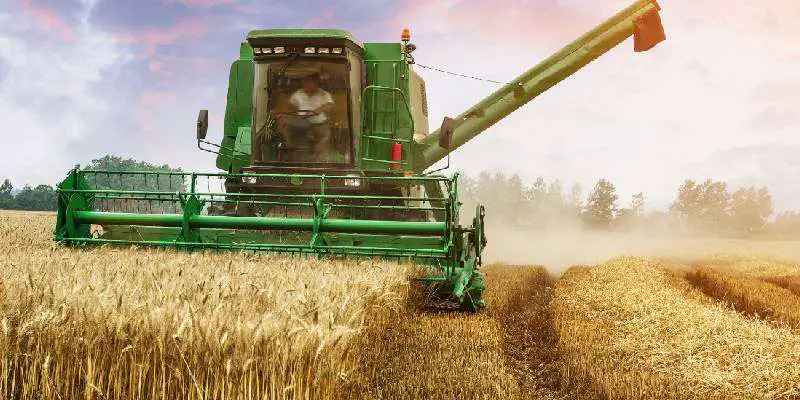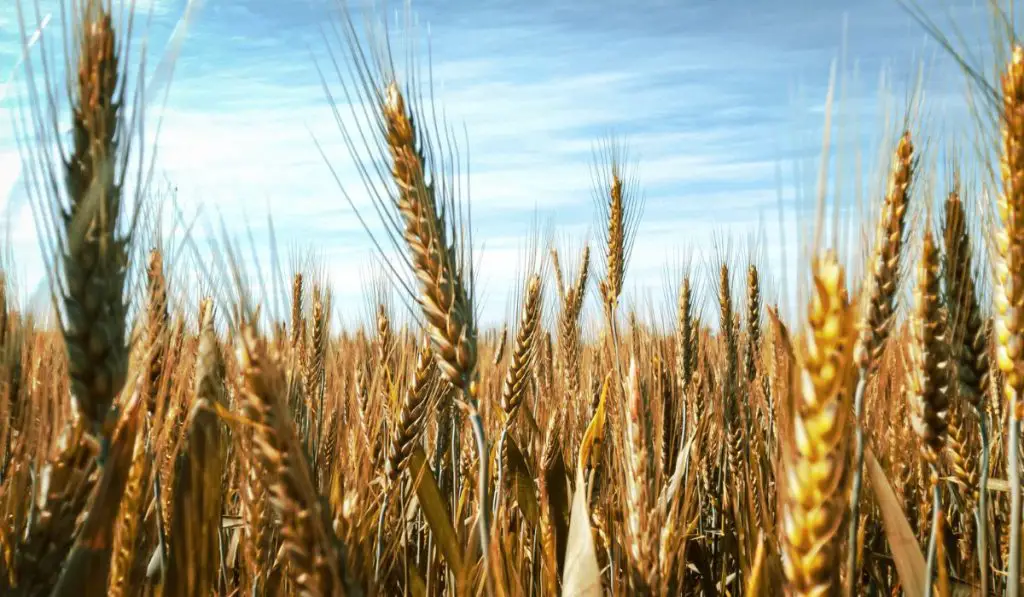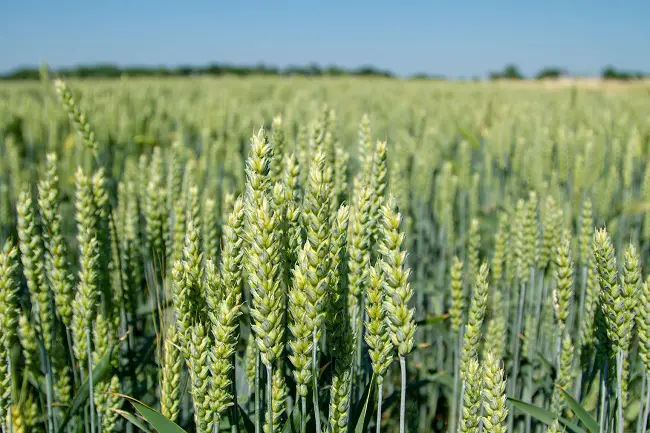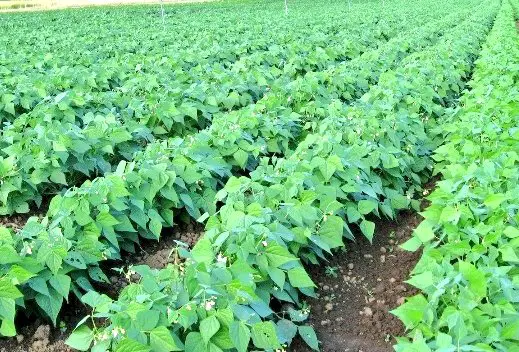From the Macadamia Nut Tree (or Macadamia Tree) which is native to Australia and cultivated (on massive scale) on the island of Hawaii. Macadamia nuts are the edible seeds, with a smooth- and hard-shelled outer brown (after drying) or green (before drying) exterior, harvested from the Macadamia tree. This is not your average type of nut tree however, macadamia trees are some of the most vulnerable trees on the planet. Any slight changes in their required environment and they tend to produce a lower yield or not produce anything at all. There’s more than meets the eye with these trees and without further adue, here’s how macadamia nuts are harvested.
Contents
Harvesting The Macadamia Nuts
The harvesting of macadamia nuts has to take place in autumn because that is when the macadamia nuts are most ripe. A macadamia nut tree typically takes about 6 years to start producing macadamia nuts. It takes about 8 months for the macadamia nut tree to go from a flowering plant to a plant producing whole macadamia nuts. It is also around this time when the macadamia nuts start falling to the ground. When harvesting the macadamia nuts you should always consider the following steps to ensure a successful harvest.
- To ensure that you get all of the macadamia nuts on your macadamia nut tree. Cover the ground surrounding the macadamia nut tree with a sheet of cloth or plastic, taking particular interest in shaping the sheet of cloth or plastic like an upside-down cone. With the wider side facing the upper part of the tree. This is one of the most effective ways of capturing the nuts that fall from the macadamia tree.
- After eight months of growing on the macadamia nut tree, the nuts start to fall off. A good way to know that the macadamia nuts have ripened is to check the outer shell (or husk) of the macadamia nuts. If the shell (or husk) is cracked, then the macadamia nut is now ready to be picked and dried, and then processed further.
Picking The Macadamia Nuts
The mature or ripe macadamia nuts, because they would have fallen to the ground, can now be picked up by hand or using machines that are more efficient and time-saving. However not all ripe nuts can fall to the ground (and not all nuts that have fallen to the ground are ripe.) This is when experienced farmers or pickers come in with long sticks to pick nuts from the macadamia nut tree that are ripe enough but may not have fallen off the tree to the ground.
- If your nuts show any sign of disease or damage, discard or separate them from the other macadamia nuts immediately. It is true that “one rotten potato spoils the whole bunch”, so is the case with macadamia nuts which are more likely to mold when their outer shell (or husk) is still on them. And mold spreads very quickly.
Drying The Macadamia Nuts
When drying the macadamia nuts, they should be placed under direct sunlight for at least two weeks, or using modern means like dehydrating machines to achieve the same result in a short space of time. Although air drying is one of the best methods to get the most out of macadamia nuts.
- Drying the macadamia nuts ensures that all the richness and quality of the nuts are fulfilled and exaggerated to suit the needs of people. This means that whatever the macadamia nut is processed into after this process will be better off. If the macadamia nut was not dried, it would not be edible or usable in most ways.
- Drying the macadamia nuts also makes the white (edible) interior of the macadamia nut taste better. It is known amongst macadamia nut farmers that to help reduce the loss of macadamia nuts to things like mold and pest damage, the macadamia nuts should be harvested after every four weeks from when they first ripen.
- When macadamia nuts are harvested, they are not the hard, brown and shiny color we often see. No, when harvested (in due season) the nuts are green in color. That is why the rest of the process of the harvesting cycle is drying the macadamia nuts to achieve that hard/ rough, brown and shiny shell we all know and love.
More On Harvesting Macadamia Nuts
- Another sure way to tell of macadamia nuts are ripe or in season is to place them in a bowl of water. If the macadamia nuts float, then they are now ripe and ready to undergo further processing. But if the macadamia nuts sink, then they are not yet ripe.
- It takes a lot of patience and a lot more money to start up a macadamia nut farm/ orchard and that is very important to note. Harvesting The macadamia nuts can be very unfulfilling in the beginning because the macadamia nut yield is quite low.
- Macadamia nuts (after harvesting and drying) can be used for a variety of applications including in cosmetic (as an essential ingredient for body cream) and the food industry (as an ingredient in deserts, or a daily snack because of its numerous health benefits.)
- When dried macadamia nuts are crushed, an oil can be extracted from them. This oil is said to be very good for human skin, that is why you will often see some cosmetic products listing macadamia nut oil or macadamia nuts as a main ingredient.
Conclusion
What a useful fruit from nature the macadamia nut is to people. But due to the specific needs in environment, the cultivation of macadamia trees is only but limited to countries located in the subtropical climate of the southern hemisphere, with exceptions however of some countries being between the southern and northern hemisphere. Not only can it be eaten as a healthy snack after successful harvesting and drying. The macadamia nut can also be crashed and have oils within it extracted to become an essential ingredient in most cosmetic products.
